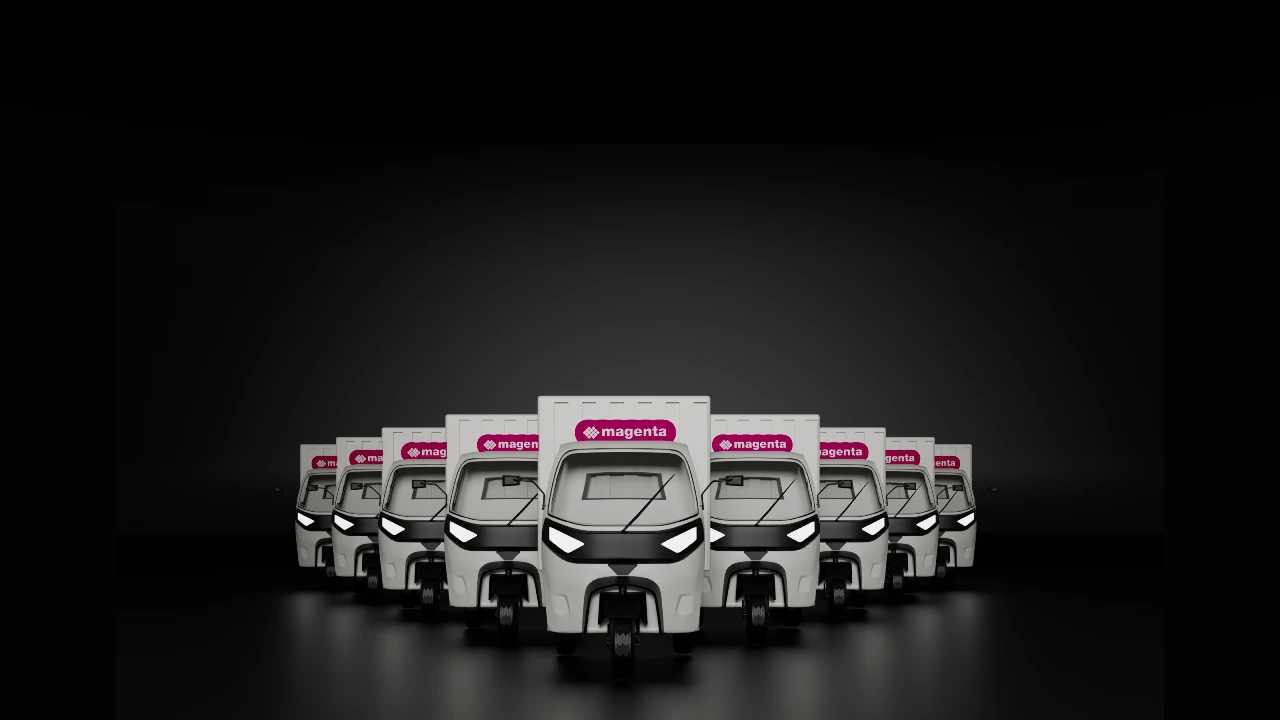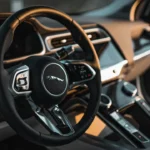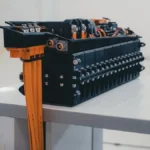Tata Motors Expands Green Delivery Fleet with Magenta Mobility
Have you ever wondered how your online shopping packages could help fight pollution? A significant development in India’s transportation sector is making this possible. Tata Motors has delivered 20 additional electric cargo vehicles to Magenta Mobility, according to AutoCar Pro. This delivery is not just about new trucks – it represents a major step in transforming how goods move across India.
Understanding the Growing Electric Delivery Network
These 20 new vehicles are part of a much larger agreement to deploy 500 electric commercial vehicles. Magenta Mobility has already integrated 350 electric vehicles into their operations across 10 different Indian cities, with 150 more scheduled to join soon. Maxson Lewis, Founder and CEO of Magenta Mobility, explained: “With 350 vehicles already in our fleet, we are strengthening our green logistics footprint across India.”
The Tata Ace EV is not an ordinary delivery vehicle. It can travel up to 161 kilometers on a single charge while carrying loads up to 1,000 kilograms. This impressive capability means delivery companies can handle a full day of package deliveries without stopping to recharge.
How Smart Technology Makes These Trucks Special
These vehicles come with special features that make them work better. The trucks use regenerative braking, which means they capture energy when slowing down and put it back into the battery. Think of it like catching water in a bucket instead of letting it spill on the ground.
- The Fleet Edge system works like a health monitor for the trucks. It constantly checks how the vehicle is running and shares this information with drivers and managers.
- Real-time diagnostics mean problems can be spotted and fixed before they become serious. This is like having a doctor who checks your health every minute.
- “Mileage Sarathi” is a special computer program that teaches drivers how to drive more efficiently, saving even more energy.
Environmental Benefits Explained Simply
The environmental impact is impressive. Magenta’s fleet has traveled about 5 million kilometers, saving an estimated 2,500 tonnes of carbon dioxide. To understand this better, that’s roughly equal to the yearly emissions from 500 passenger cars.
Traditional diesel trucks release harmful substances like nitrogen oxides and tiny particles into the air we breathe. The Ace EVs produce zero emissions from their tailpipes, which means cleaner air in the cities where they operate.
The Money-Saving Side of Electric Delivery
Switching to electric vehicles dramatically cuts costs for delivery companies. The fuel savings are substantial – electricity is much cheaper than diesel. Maintenance costs are also significantly lower because electric vehicles have fewer moving parts that can break down.
| Electric vehicles need fewer regular repairs because they don’t have complex engines with hundreds of moving parts. | Companies save money on both daily operation and long-term maintenance, making electric vehicles increasingly attractive for business use. |
Looking Ahead: What This Means for India
Pinaki Haldar, Vice President at Tata Motors Commercial Vehicles, highlighted the significance: “Each Ace EV delivered is a step forward in democratizing zero-emission cargo transport and accelerating the nation’s green mobility movement.” With over 8,000 Ace EVs already on Indian roads and more than 200 specialized service centers, this transition is gaining momentum.
What does the future hold for India’s delivery networks? As more companies embrace electric vehicles, we could see a fundamental shift in how goods move around the country. The question remains: How quickly will other logistics companies follow this electric path?











